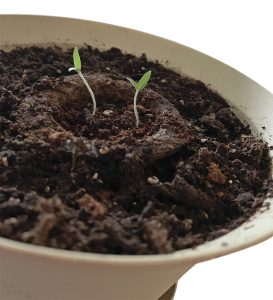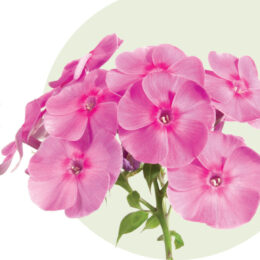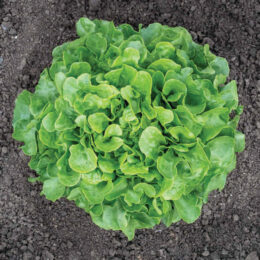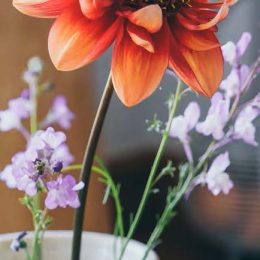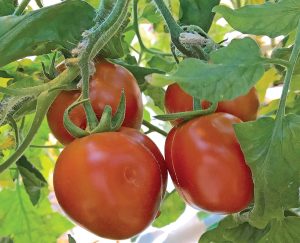
By B. Rosie Lerner
Most gardeners would agree that tomatoes are the most popular crop for home growing. But what gardeners can’t agree on is what tomato is considered the best, since taste is such a personal matter.
The diversity of cultivars available makes it easy for anyone to grow tomatoes even if all you have is a pot on the patio. Burpee seed company introduced the first F1 hybrid tomato “Big Boy” in 1949. Since then, plant breeders have introduced thousands of hybrid tomatoes. Modern hybrids bring disease resistance, cold tolerance, nematode resistance and hybrid vigor as well as a dazzling range of colors, shapes and sizes.
There are several ways to classify the wide array of tomatoes that are so popular among gardeners today. First, you can group them by fruit size and shape. From small to large, there are: currant, cherry/grape, salad/cocktail, plum, pear, standard slicing and beefsteak types.
Second, you can group tomatoes by the amount of time it takes for the plants to mature fruit for harvest. Seed packets will list the expected length of time to maturity in the number of days, but in general, cultivars are classified as early, midseason or late-maturing. Early cultivars take 55 to 65 days from transplanting to the garden. Midseason is 66 to 80 days. Late types are those needing more than 80 days from transplanting.
Third, you can group tomatoes by the plant’s growth habit: determinate or indeterminate. Determinate plants tend to grow their foliage first, then set flowers that mature into fruit if pollination is successful. The fruit tends to ripen on a plant at about the same time. Indeterminate tomatoes start out by growing some foliage, then continue to produce foliage and flowers throughout the gardening season. These plants will tend to have tomato fruit in different stages of maturity at any given time once they start to set fruit.
More recent developments in tomato breeding have led to a wider array of fruit colors. In addition to the standard red ripe color, tomatoes can be creamy white, lime green, pink, yellow, golden, orange, purple or nearly black. The pink and yellowish types have mistakenly been referred to as low-acid tomatoes, but in fact, these types are just higher in sugar, which makes them taste less acidic.
Whichever cultivars you choose to grow, note that all tomatoes are warm-season crops, meaning you should wait until after the date of average last frost in your area before you plant them. Usually, that is mid- to late April in southern Indiana and early to mid-May in northern Indiana.
Ask Rosie
Q: Every year I try to start tomato seeds in the house, but they do not grow strong stems. They’re usually wispy and fall over with no other leaves but the two top ones. Hope you can help me.
— Carol Leskiw, DeMotte, Indiana
A: Weak, spindly tomato seedlings are most likely the result of insufficient light. This is true for most all vegetable plant seedlings. If possible, move the seedlings to brighter light as soon as they emerge. You might consider using artificial lighting geared for plant growing if needed.
For more information about growing transplants for the garden, check out the following article from Purdue Extension: www.purdue.edu/hla/sites/yardandgarden/ardeners-start-your-seeds/
Longtime Indiana Connection contributer B. ROSIE LERNER, a Tipmont REMC consumer, is a retired Purdue Extension consumer horticulturist. Questions about gardening issues may be sent to “Ask Rosie,” Indiana Connection, 8888 Keystone Crossing, Suite 1600, Indianapolis, IN 46240-4606, or use the form at IndianaConnection.org.

